Published: 4 April 2024
Last updated: 4 April 2024
“Do you consider yourself an Australian Jew or a Jewish Australian?”
Many will probably remember this oft-asked question and discussion that followed among kids at Jewish schools across Melbourne, Sydney and Perth.
Were you first and foremost a Jewish person who just happened to be born in Australia? Or was your identity tied more closely to the country in which you live, to its culture and its people, with your religion merely a by-product of your parents’ bloodline?
Sport-mad and furiously atheist, I usually stood with the second group, which had similar membership numbers to the first.
But I think that’s changed since October 7.
Like it or not, most of us have become Australian Jews over the last few months. For young, somewhat agnostic or atheist, cultural Jews, many of whom attended a Jewish school, but also including a growing number who didn’t, our Jewish identity has been dragged into the spotlight like never before; the colour of our passport an afterthought.
A small number have now chosen to shun their Jewish identity altogether, while a significant minority has chosen to draw a clear line between their Jewish identity and the Zionism they eschew.
Others were already deeply immersed in their Judaism and have merely continued on that path.
But for many of us — the ones who attend regular Shabbat dinners, enjoy visiting Israel and continue to maintain Jewish relationships, but care little for anything deeper — it feels like something has changed.
It’s important to engage actively with that change. If the past few months have brought us closer to our Judaism by choice or not, it raises a question about what that Judaism means.
Where do we come from? What does it mean to be a Jew in a secular world? What can we learn from our parents?
Our parents — children of survivors, witnesses to the emergence of a strong and growing homeland — often feel more connected to their Judaism than their children. Jewish culture has often played a larger role in their lives.
Here are some of the books, films and songs that helped shape our parents’ Jewish identity. We probably missed almost all of them, but it’s never too late to start.
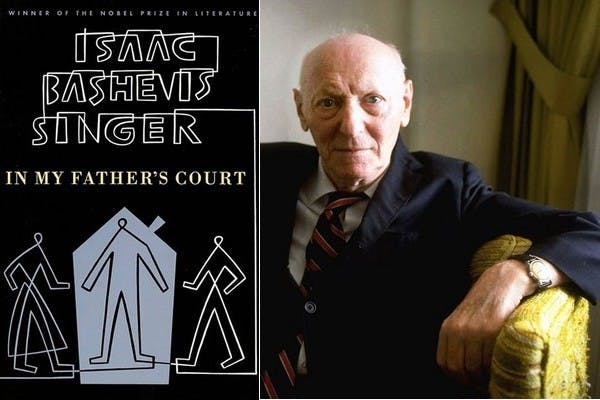
In My Father’s Court (1956)
Most of our ancestors come from pre-war Europe: a world where Yiddish and shtetl life thrived, totally destroyed by the Nazis. Its tale is best told by Isaac Bashevis Singer. The Polish-American Jew was a leading figure of Yiddish literature who won the Nobel Prize for his stories that capture the time of a boy growing up in Warsaw.
In My Father’s Court (originally published in Yiddish as Beth Din) is both a memoir and anthology of memories of a world now gone. It follows Singer’s life in the Jewish shtetl on Krochmalna Street, a world unto itself, tucked away in the slums of Warsaw. Singer’s stories of the mystical and sublime centre around his father, a rabbi and the head of the Beth Din for his impoverished community, together with a rotating cast of vagrants and merchants, rabbis and rich men. It is a portrait of the self and of the world that was then, of hardship and of endless humanity.
This book is an essential piece of Jewish literature, resonating with Jews yearning for a connection to their more recent ancestry and the lives of Jews in Europe before the Holocaust. Many of us will have grandparents or great-grandparents whose lives were akin to the ones whose stories fill this book.
Reading In My Father’s Court transports us back to a time where Judaism and Yiddishkeit were fundamental components to everyday life. It may feel troubling to idealise a time and place best known for its oppression of our people, but Singer brings out the beauty of life as a Warsaw Jew.
For young Jews today, it’s common to struggle with Jewish identity. So much of the history just before our time was built behind the walls of the ghettos, and now that we’re free from them, it’s hard to see the relevance of that life. Reading In My Father’s Court helps us reclaim a part of that lost history, creating a connection between 21st century Jews and the lost communities.
The Lonely Man of Faith (1965)
Judaism at its core is a monotheistic religion with God at its centre. Though many of us today shun any idea of a higher power, understanding the religious experience is an essential part of Jewish identity.
Rabbi Joseph B. Soloveitchik, known as “The Rav” by his followers, was one of the twentieth century’s towering authorities on Jewish law and a pioneer of intellectual orthodoxy.
The Lonely Man of Faith is a soaring essay and philosophical testimony that probes the internal life of the Halakhic Jew in his/her quest both for redemptive closeness to God and creative engagement with the secular world.
Soloveitchik uses the story of Adam and Eve to present two contrasting Adams as seen in the opening two chapters of the Book of Genesis.
Adam I, majestic man, is instructed to subsume nature and master the cosmos. Created in the image of God, he puts man on the moon and creates the polio vaccine. Adam II, the contractual man, is the keeper of the garden who must till and preserve it. Adam II belongs to the covenantal community, for whom it is not enough simply to be created in God’s image; he yearns for divine closeness and respite from his existential solitude.
Soloveitchik’s work offers a portrait of Orthodoxy emancipated from shtetl mentality and blind adherence to rabbinic law. Neither Adam is declared “the ‘right one”. Instead, Soloveitchik lays out the religious struggle to navigate between warring aspects of the human condition: the spiritual and the material, the divine and the scientific, majesty and humility.
While the Halakhic Jew may find solace in becoming part of the religious community, Soloveichik suggests that ultimately, their true home remains “the abode of loneliness”. This is an essential read for anyone interested in the development and application of Jewish law in the modern world, for the experience of religious Jews in a secular world.
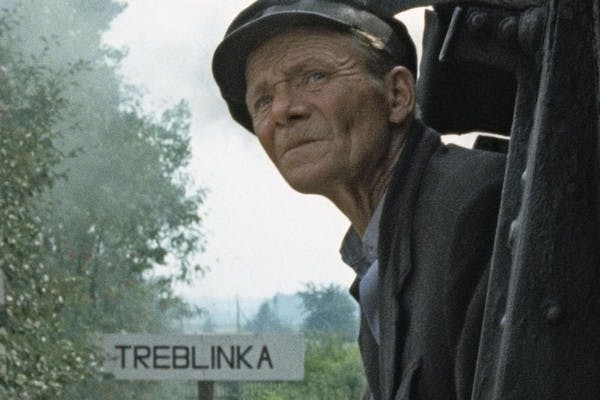
Shoah (1985)
The Holocaust remains the single most talked about event among Jews today. Dozens of new books address it every year, grandparents employ it as an argument against intermarriage, and every second JIFF film is centred around it. But there has never been a film like Shoah.
In 1973, Israeli officials concerned about the waning impact of the 1961 Eichmann trial sought to find a new way to communicate the horrors and lessons of the Holocaust to a new generation. Up stepped Claude Lanzmann, the French and Jewish intellectual, charged with producing a 90-minute feature within the next two years.
Twelve years later, Lanzmann’s 9.5-hour epic was ready.
Shoah is about the ordinary people caught up in ruthlessly executed evil.
There are the bystanders: the Poles who watched the trains go by and happily took possession of their neighbours’ more prosperous homes; the drivers, filled with German-sponsored alcohol that gave them the courage to transport millions to the end of their lives; the Greeks who stood in the town square as their friends were rounded up, never to be seen again.
There are the perpetrators, filmed covertly, discussing with remarkable passivity the intricacies of the camps’ operations, the songs they sang — “An original. No Jews know that anymore.”
And there are the victims. Those who fed bodies into the fire, who cut the hair of women to be gassed, who were forced to clean up the mess left by their perished friends. At times they break down, unable to re-live their greatest traumas. But Lanzmann makes them go on. They must bear witness, he says. We must bear witness.
We hear from the witnesses to this most unprecedented evil, probed and prodded by their relentless interviewer, but we don’t always see them. Instead, they often serve as the soundtrack to hours of film of the present-day sites of the Holocaust atrocities: ordinary countrysides, overgrown fields and farms, tucked away in inconspicuous places, hiding the horrors of the past.
Shoah is a cinematic confrontation with the Holocaust. It captured the world’s attention like no documentary ever had. Its premieres made front-page news. In Israel, the prime minister, president, chief rabbi and chief of staff of the military took their seats amongst a heaving crowd of survivors and their families, who sat still, riveted, for more than nine hours of testimony.
Lanzmann sought to capture the inner workings of the industrialised killing process and expose it to a world that knew much too little. Long before the well-funded efforts to capture witnesses and survivors’ testimony, Lanzmann aired their testimony throughout one extraordinary film. It should be watched by all.
A Tale of Love and Darkness (2002)
If it was Claude Lanzmann’s job to tell the story of our darkest time, then it was up to Amos Oz to narrate our most joyous.
Oz was Israel’s most famous novelist, a hero of the intellectual left, and a proud and vocal Zionist. His memoir, A Tale of Love and Darkness, is Israel’s best-selling work of literature.
Oz grew up in a poor, intellectual Jerusalem. His parents read and spoke dozens of languages, debated Nietzsche with their friends and dreamed of a Jewish state. Nine years after he was born, Oz stood in the street with hundreds of his parents’ friends and neighbours, listening to the wireless as the United Nations announced that dream had become a reality. His memoir captures the unbridled joy of that moment such that one is desperate to have been there.
But Oz’s family and community constricted him, and his mother suffered deeply. Soon after she died by suicide, Oz moved to a kibbutz, changed his name, made a new life. His memoir is at once a self-portrait, a family history, a tale of the birth of a nation and its unfolding story. It is filled with tragedy and humour, grief and love. It is enchanting.
Naomi Shemer's Jerusalem of Gold
Jerusalem of Gold (Yerushalayim Shel Zahav) was composed just before the Six Day War, commissioned by Teddy Kollek, Jerusalem's Mayor, from a reluctant Naomi Shemer for the Jerusalem Song Festival, which is where it was first performed – by then unknown Shuli Nathan. Shemer wove combined Biblical passages and poetry to capture the yearning of the nation for the city of Jerusalem, at that time in Jordanian hands. Shemer's first performance of the song was at a concert for IDF troops, just before the outbreak of war.
When the IDF captured Jerusalem on the war's third day, June 7, 1967, the troops sang the now prophetic song when they reached the Kotel. Shemer quickly added a third stanza, changing the song of longing for the golden city to one celebrating the return.
The song has been recorded by many Israeli and international artists, with perhaps the most famous recording sung by Israeli artist Ofra Haza on the 50th anniversary of the State of Israel. Jerusalem of Gold is something like a second national anthem for Israel, played at ceremonial occasions and important events, joyous and sad.
For Australian Jews, particularly those educated in Jewish schools and youth movements just after 1967, the song captures the essence of Zionism – longing for a homeland, longing for the beauty and spirituality of Jerusalem and celebrating the triumph and pride of realising that goal. Its opening bars enable those who were young Jews in the heady post-1967 years to recapture the intensity of that time. Add to that the emotional complexity of what it means to love Israel in more modern times and the song is guaranteed to moisten all eyes.
All of these books, films and songs are available online. Though they tell the story of past times, they will be eternally relevant to our Jewish identity.
Additional research by Ike Curtis and Julian Newman
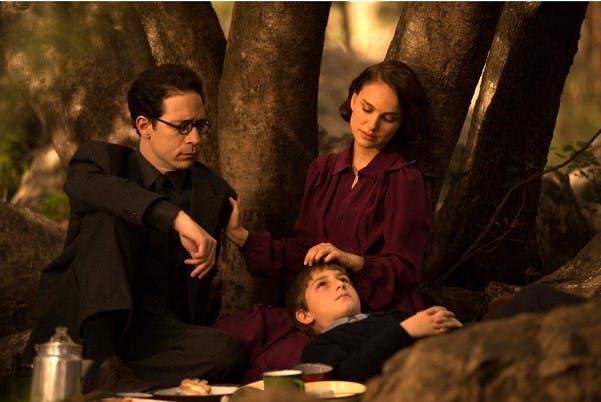

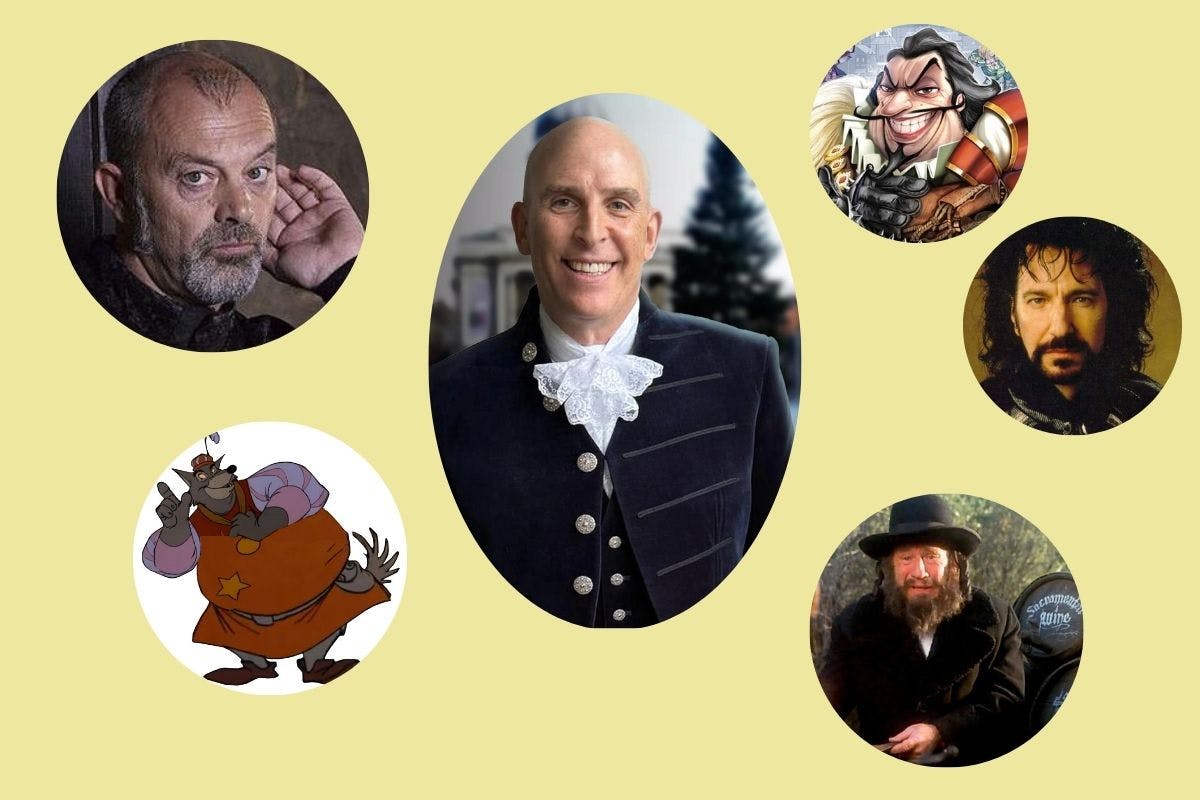
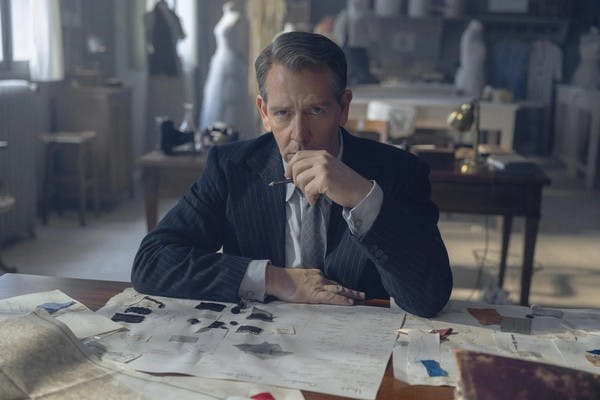

Comments1
Sandra Tatz5 April at 01:37 am
I am a Jewish Australian. The Jewish part of me goes wherever I go and as a migrant that is the constant. Where I live is determined by circumstances. It can change whereas my Jewishness is mine for life and thereafter.